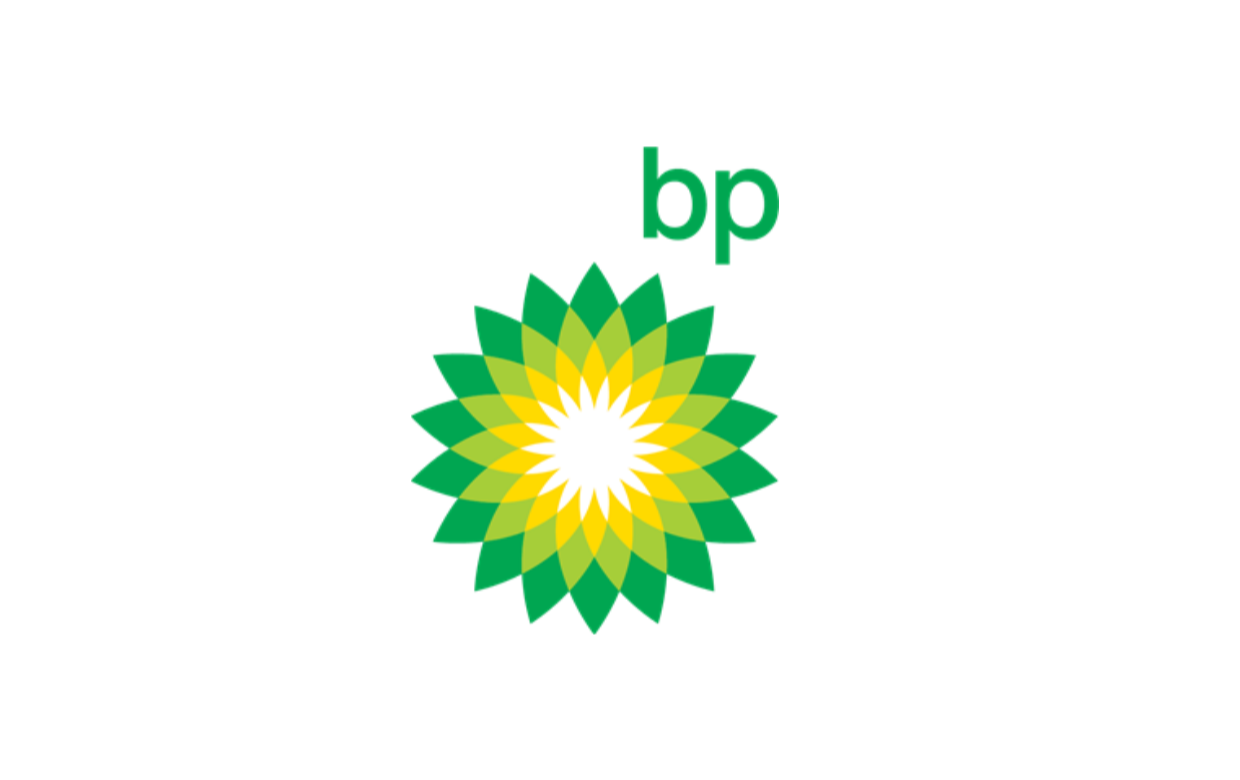
BP: A High Dividend But Reputation Still Recovering from Oil Spill
Founded in 1901 after striking oil in Persia, London-based British Petroleum (BP) is one of the largest integrated oil and gas companies in the world today with operations in over 70 countries. Impressively, BP's daily output of 3.7 million barrels of oil exceeds the yield of all but a handful of nations.
Like other oil giants, BP partakes in all aspects of the fossil fuel business. The company's upstream segment (60% of 2018 pretax profit) explores for and produces oil and natural gas, a business which is sensitive to the price of oil.
More stable cash flow is generated by BP's downstream activities (31% of pretax profit), which include operating gas stations, refining, and manufacturing petroleum-based products used in packaging, textiles, building materials, and much more.
BP also owns a 19.75% stake in Russia's state-run oil firm, Rosneft, whose dividend payouts generated 9% of BP's pretax profit in 2018.
Since the United Kingdom's dividend withholding rate is 0%, investors in BP will not have taxes withheld on their dividend payments.
Business Analysis
The oil industry is notorious for generating erratic profits. Take two Wall Street Journal headlines that were sent to the press just one year apart:
Like other oil giants, BP partakes in all aspects of the fossil fuel business. The company's upstream segment (60% of 2018 pretax profit) explores for and produces oil and natural gas, a business which is sensitive to the price of oil.
More stable cash flow is generated by BP's downstream activities (31% of pretax profit), which include operating gas stations, refining, and manufacturing petroleum-based products used in packaging, textiles, building materials, and much more.
BP also owns a 19.75% stake in Russia's state-run oil firm, Rosneft, whose dividend payouts generated 9% of BP's pretax profit in 2018.
Since the United Kingdom's dividend withholding rate is 0%, investors in BP will not have taxes withheld on their dividend payments.
Business Analysis
The oil industry is notorious for generating erratic profits. Take two Wall Street Journal headlines that were sent to the press just one year apart:
- "BP Swimming in Cash as Earnings Soar on High Oil Prices" - Oct 30, 2018
- "BP Swings to Loss on Weaker Oil Prices, Repair Costs" - Oct 29, 2019
Perpetual uncertainty surrounding supply and demand makes energy prices, and thus revenue, unpredictable and volatile. The price of oil can move quickly in response to any number of factors outside a company's control, including geopolitical conflicts, advancements in technology, and changes in economic forecasts.
Operating conditions are made even more difficult by intense competition between producers and a constant need to invest heavily just to maintain current levels of production (oil and gas wells deplete naturally over time).
The harsh realities of drilling for oil demonstrate the skill it's taken for BP to become one of the largest and most dominant oil enterprises in the world.
BP was fortunate to get its start early. The company's roots date back to the early 1900s, just when the world's thirst for oil was set to take off.
From 1920 to 2019, global oil production rose from less than 2 million barrels of oil per day to 100 million, an astonishing fifty-fold increase as the world's population grew and standards of livings increased across the globe.
BP rode this wave, launching expeditions around the world to scour for more oil while also securing important partnerships in the Middle East, Alaska, Africa, and elsewhere.
Today, thanks to a long history of disciplined growth, BP has achieved a scale that gives the oil giant an enduring advantage over smaller rivals.
For one, the failure of any single project is unlikely to represent an existential threat to BP. Whereas blunders or misfortunes have cost smaller oil firms bankruptcy or forced them into untimely mergers, BP was financially strong enough to recover from a massive oil spill in 2010 that cost the company $67 billion in cleanup and legal settlements (though the incident did cause BP to cut its dividend).
Furthermore, BP's network of oil-producing assets spans much of the globe, reducing the risk that regional conflicts, political strife, or otherwise poor performance in any one geography materially impact the firm. Startup oil ventures, in contrast, are often all-in on just one or two locations.
BP's business is also nicely split between upstream and downstream activities. The downside risk from lower oil prices is limited by downstream operations, which use crude oil as an input. Vertical integration has helped BP remain profitable during stretches of unexpectedly low commodity prices.
A final benefit of BP's size is that the company enjoys a solid A- credit rating from Standard & Poors, which helps the company receive financing at a lower cost than newer, smaller, and less reputable energy producers.
Nevertheless, the future of the fossil fuel industry is murky. Nobody, including BP's management, knows how renewable energy technology will evolve in the coming decades or how much (and for how long) standards of living will continue to increase across the world and drive demand for more oil.
For now, BP expects that the world will need more oil for at least the next couple decades, and management plans to spend $13-14 billion annually to grow output by about 5% per year. Meanwhile, BP is investing in technology to reduce per-barrel production costs and help the firm perform well in what may be a sustained stretch of historically-low oil prices.
Management believes that, combined, these two levers could lead to as much as a 40% increase in free cash flow (pre-tax) by 2025, which would help BP more comfortably cover its dividend. (BP's financials haven't been strong enough in recent years to permit management to raise the dividend much.)
Overall, BP is likely to remain a major force in the oil industry due to the firm's scale, diverse resource base, and vertically-integrated operations.
However, investors should consider several risks before investing.
Key Risks
While BP and its closest competitors (Exxon, Chevron, Shell) look similar on the surface, BP comes with more hair than the others.
In 2010, an explosion at one of BP's wells in the Gulf of Mexico caused one of the worst oil spills in history, leading BP to cut the dividend to preserve cash. When the dust settled, BP was found to be grossly negligent in the accident and had to pay $67 billion to resolve legal disputes and clean up the spill.
BP claims to have since instilled much safer practices within the company, but it's possible more problems lurk beneath the surface. Old habits die hard.
If nothing else, BP's reputation took a hit, a problem given that competition is fierce to win contracts that assign rights to drill within a country. Governments have an interest in choosing partners than can get the job done with little risk, and BP's stained track record may hurt its ability to win bids and grow production.
Unique reputation issues aside, all oil producers must grapple with making long-term capital allocation decisions (i.e. how much to drill) despite large uncertainties as to the future of energy. Miscalculations can lead to suboptimal returns and, in the worst case scenario, jeopardize the dividend.
BP's own models define a number of scenarios for how the energy landscape may evolve over the next several decades that vary in the speed of transition to renewable energy as well as how quickly global demand for energy grows.
However, nobody holds a crystal ball, and BP executives aren't sure which scenario is most likely, underscoring just how difficult it is to plan for the future and ensure a healthy return on investment from new projects.
The uncertainty facing BP is magnified by the fact that BP appears to be the least financially flexible of the four oil majors, and may, therefore, be the least able to adapt as the energy industry evolves. Paying down debt has been challenging due to the need to divert significant cash flow to pay for the 2010 oil spill. (In fact, BP is still on the hook for around $1 billion annually through 2032.)
As a result, amongst the four oil majors, BP's debt levels are the highest, its credit rating the lowest, and its dividend record the spottiest.
Concluding Thoughts on BP
The energy sector is typically a poor place to park money for conservative income investors seeking reliable dividend income, though BP has achieved a massive scale that makes paying a safe dividend not out of the question.
However, given the uncertain long-term outlook on fossil fuels and the many inherent difficulties BP faces operating in the oil industry, investors might consider investing in only the financially-strongest oil firms (Exxon and Chevron) or avoiding the space altogether.



